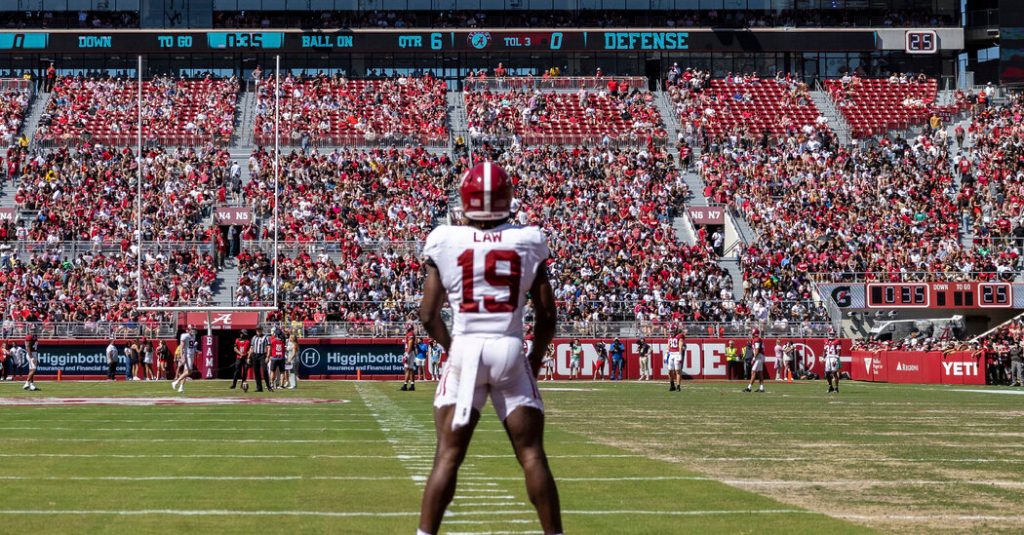Since its founding, the N.C.A.A. has operated with a business model that defined college athletes as amateurs. However, lawsuits and labor actions over the years have challenged this model, particularly in big-money sports like football and men’s basketball. The $2.8 billion settlement in a class-action antitrust lawsuit represents a significant blow to that system and potentially allows for the creation of a revenue-sharing plan for college athletes. Critics raise concerns about whether women will be compensated fairly, whether smaller conferences will bear a disproportionate burden of the settlement, and if this framework will limit the power of boosters who entice players with payments.
In recent years, college athletes have made strides in gaining the right to earn money for their performances. Athletes were allowed to market their name, image, and likeness legally three years ago, and the men’s basketball team at Dartmouth voted to form a union in March. The settlement in the case of House v. N.C.A.A. was seen as an inevitable conclusion by many college administrators. By settling the case, the N.C.A.A. sought to avoid a potentially catastrophic judgment and the ongoing challenges of antitrust lawsuits that have disrupted rule-making.
The settlement agreement is seen as necessary to avoid a potential financial disaster for college athletics, according to Notre Dame’s president. The settlement calls for schools to share about 22 percent of their revenue with players, significantly lower than the major professional sports leagues which share about 50 percent. The $2.8 billion settlement covers back pay from revenue denied to players before the rule change three years ago and outlines a framework for paying athletes for those rights going forward. Questions remain about who will get paid and how much, particularly regarding women’s basketball players and athletes in smaller conferences.
Schools will be required to set aside approximately $20 million each to pay their athletes starting from the 2025 football season. The settlement raises questions about how schools will distribute payments to athletes and whether Title IX will require equal distribution among men and women. The settlement is being subsidized by schools that do not participate in big-time football, with 27 Division I conferences required to pay $990 million over a 10-year period. This arrangement has caused frustration among schools that are not part of the lawsuit but bear the financial burden of the settlement.
The settlement agreement was approved by the N.C.A.A. Board of Governors, with 22 conferences that do not have access to the College Football Playoff presenting an alternative funding model that was ultimately rejected. While the settlement provides a level of stability, concerns remain about the rushed and non-inclusive decision-making process, especially considering the significant financial implications of the settlement. The settlement marks a significant shift in the landscape of college athletics, introducing a revenue-sharing model – but questions and challenges still remain regarding how this new system will be implemented and its potential impact on different conferences and athletes.


